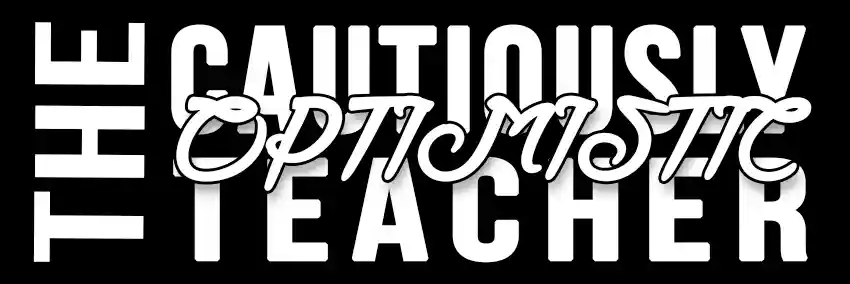Day 9: Literary Terms Quiz and POV Lesson Plan
Day 9 is here, and it’s time to put some of those new skills to the test! Today’s focus is a literary terms quiz, followed by a quick dive into point of view in fiction. Afterward, students will reflect on point of view in their own novels through journaling. This lesson balances assessment, learning, and personal connection to their books.
Lesson Flow
Silent Reading – 15 minutes
Students begin with independent reading to keep their reading logs and habits consistent.Literary Terms Quiz
Students complete the literary terms quiz (link to be added here). This short assessment helps reinforce the vocabulary they’ve been building since Day 2.
Get a Copy of the Google Forms Quiz Here
Notes on Point of View
Students copy the following concise note on point of view into their notebooks.Point of View in Fiction – Notes
First Person:
Narrator is a character in the story
Uses “I” or “we”
Gives personal thoughts and feelings
Second Person:
Narrator addresses the reader directly
Uses “you”
Rare in fiction, creates an immersive experience
Third Person:
Narrator is outside the story
Uses “he,” “she,” “they”
Limited: Narrator knows thoughts/feelings of one character
Omniscient: Narrator knows all characters’ thoughts and feelings
Journaling on Point of View
Students respond to one of the following prompts in their journals:Journal Questions
How does the point of view in your novel affect your understanding of the characters? Would the story feel different if told from another perspective?
Choose a key scene from your book. How might it change if it were written in first, second, or third-person omniscient point of view?
Conclusion
Day 9 brings together skill-building, assessment, and personal reflection in a meaningful way. By reviewing literary terms, learning about point of view, and applying that knowledge to their own reading, students deepen both their understanding of narrative structure and their engagement with their novels. This balance of direct instruction and independent thinking supports stronger reading habits and more thoughtful interpretation—strong steps forward as we continue the course.







